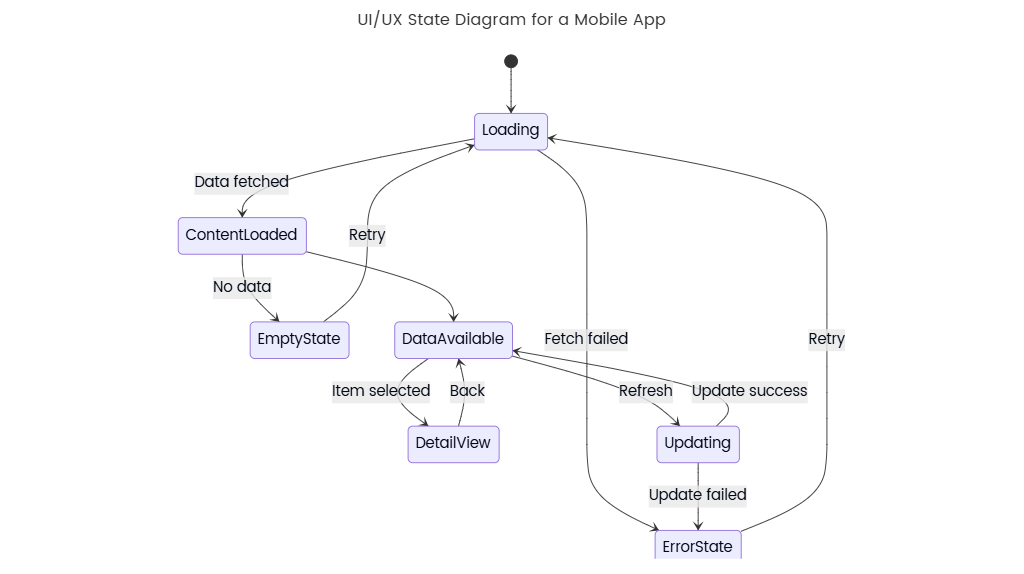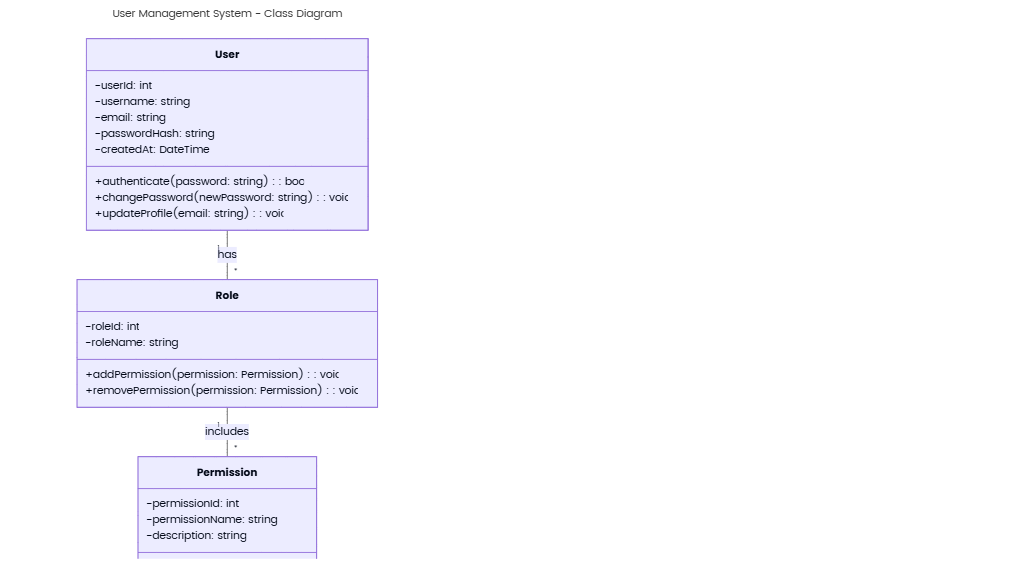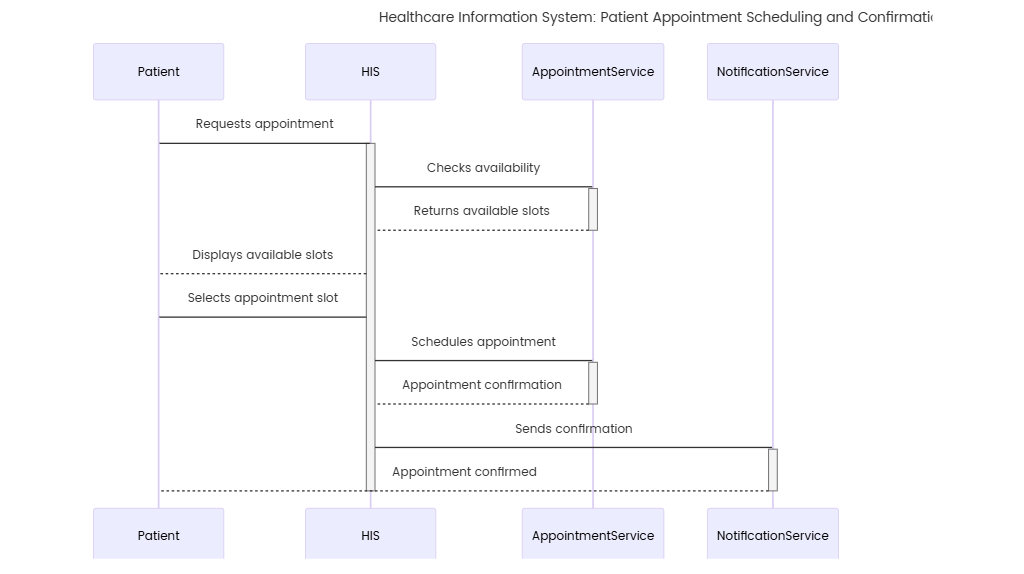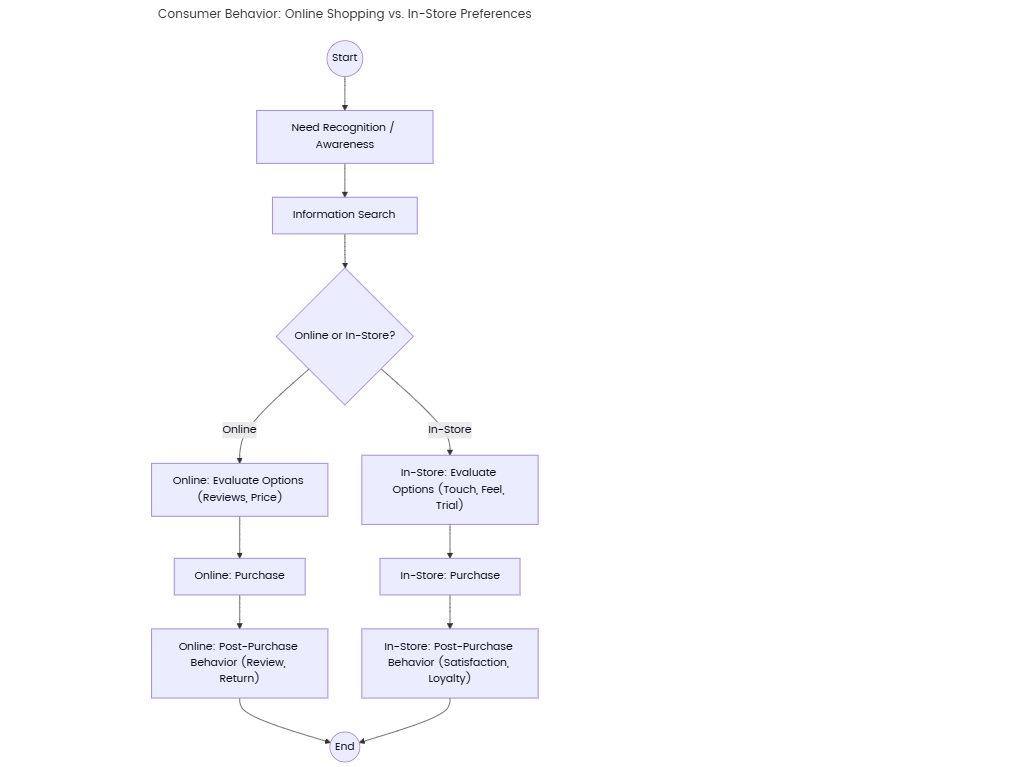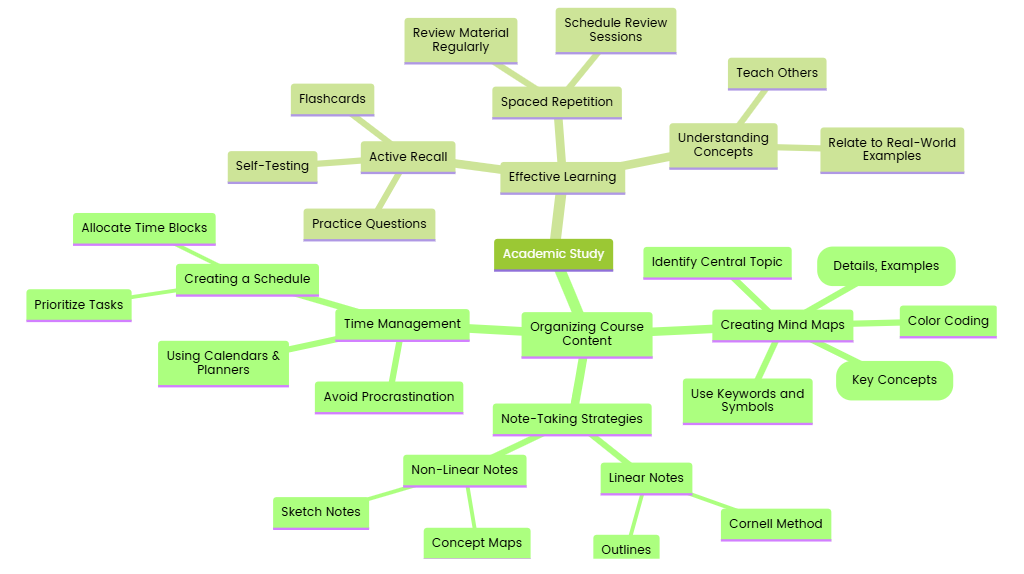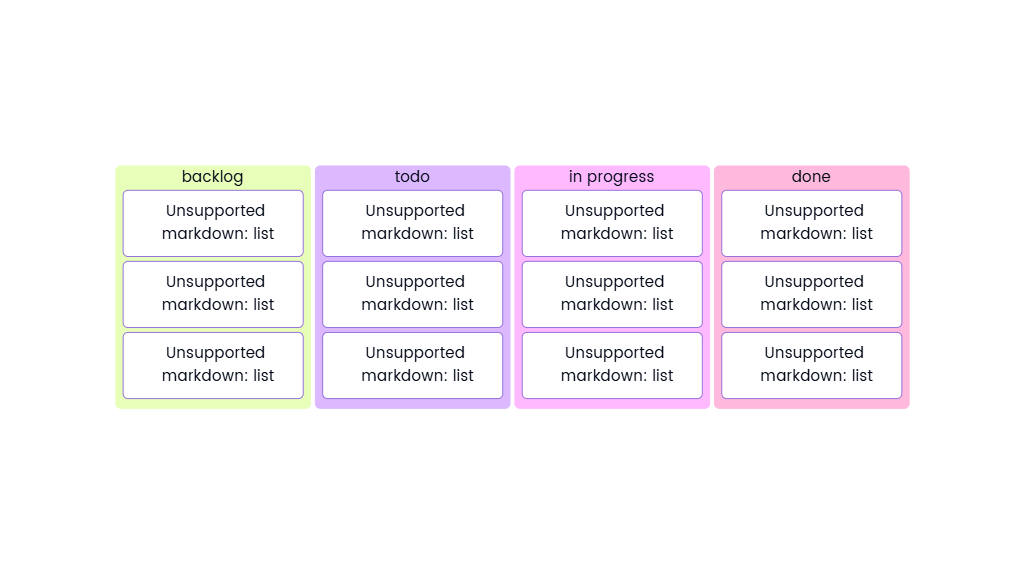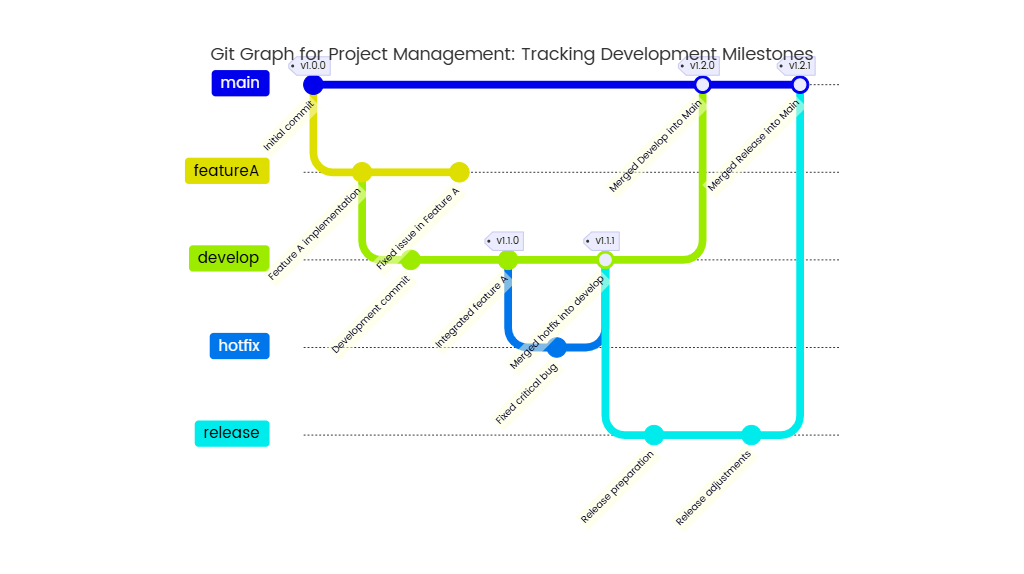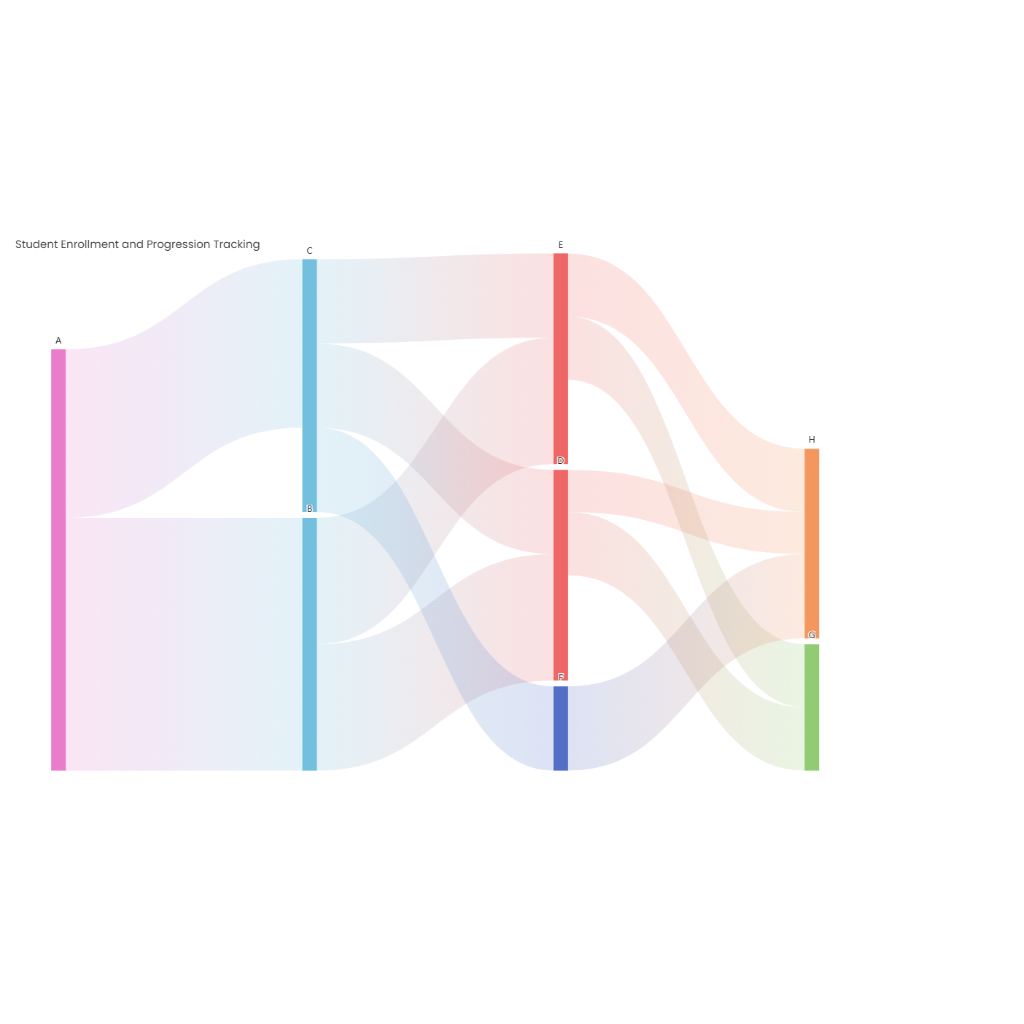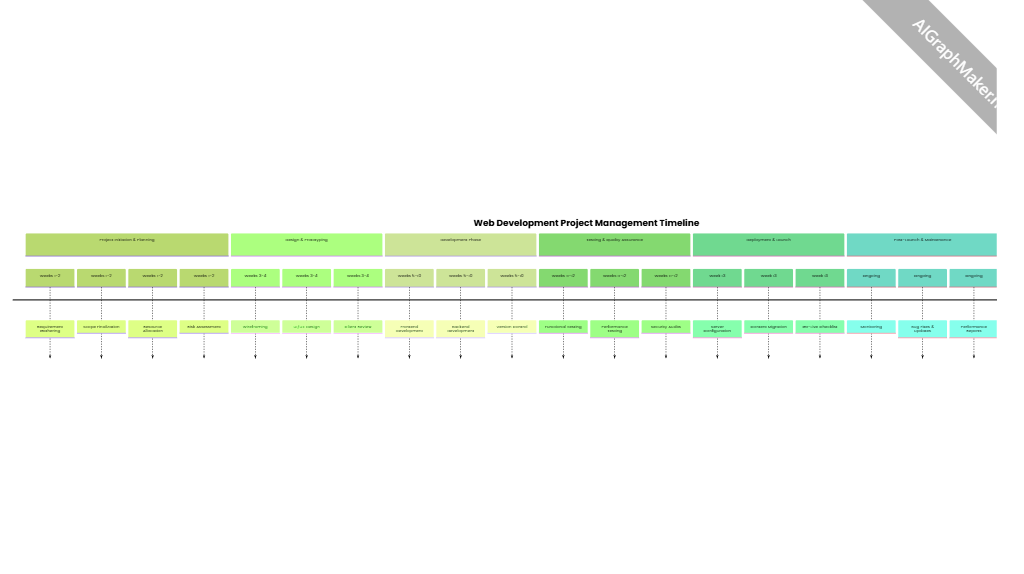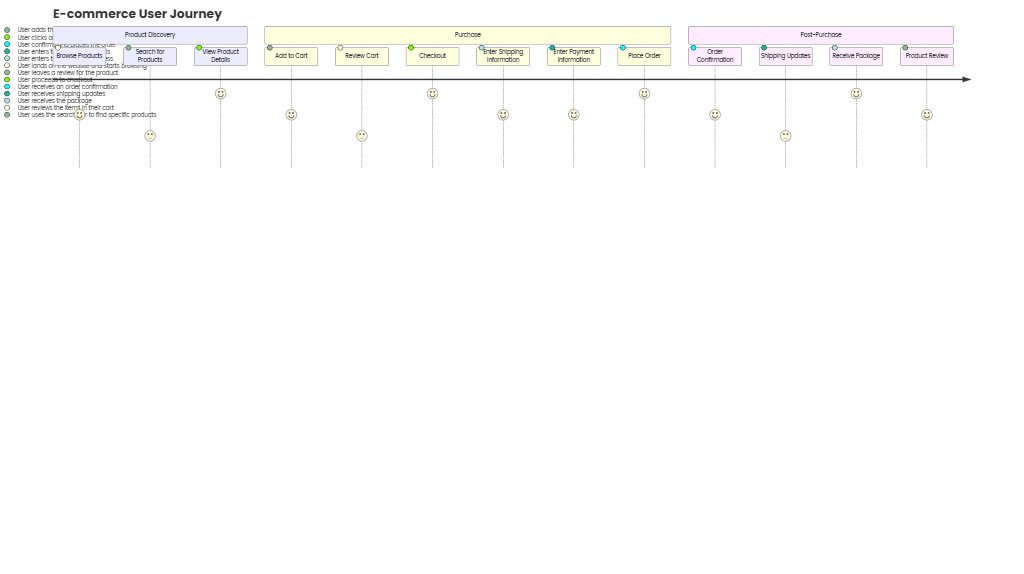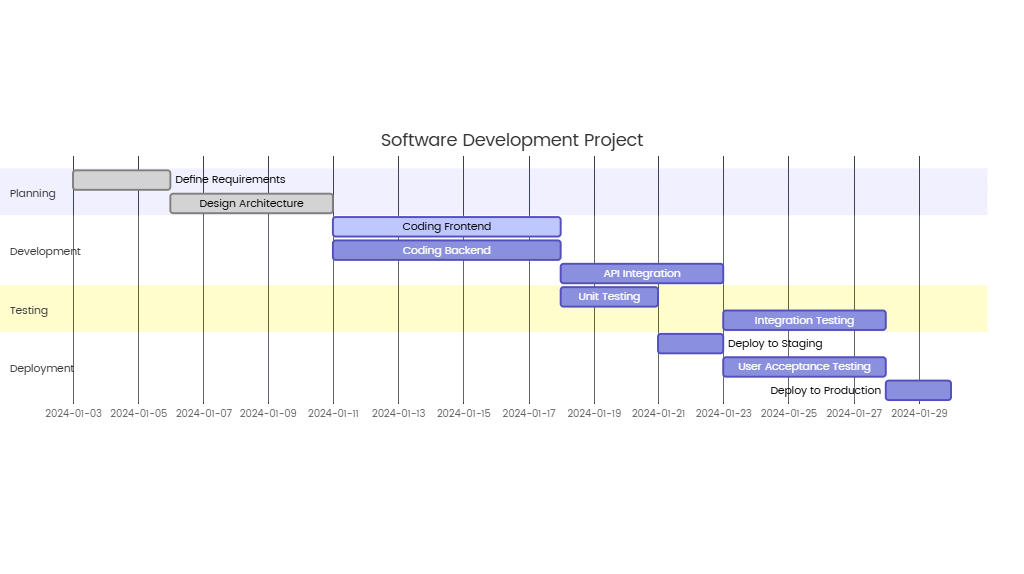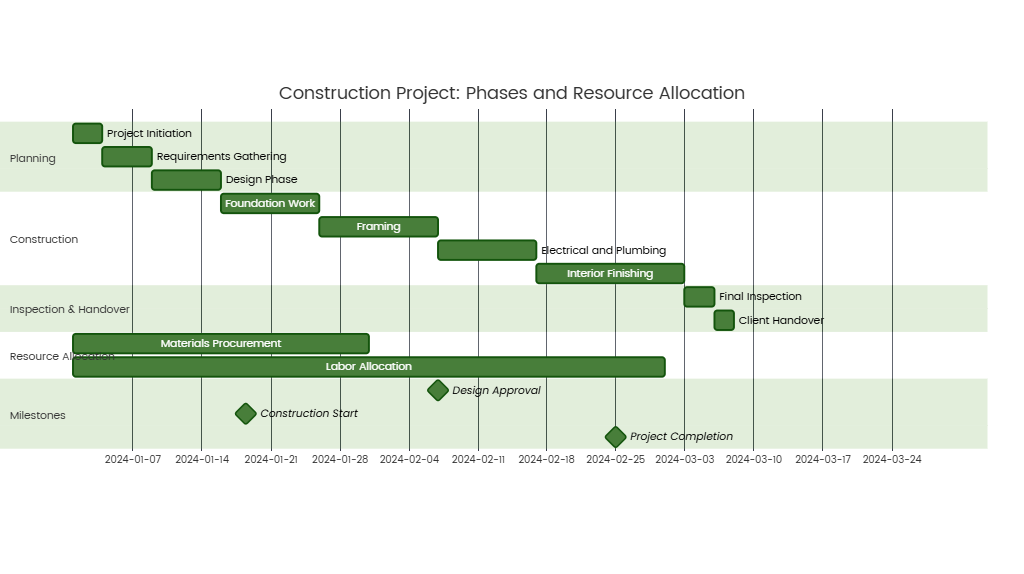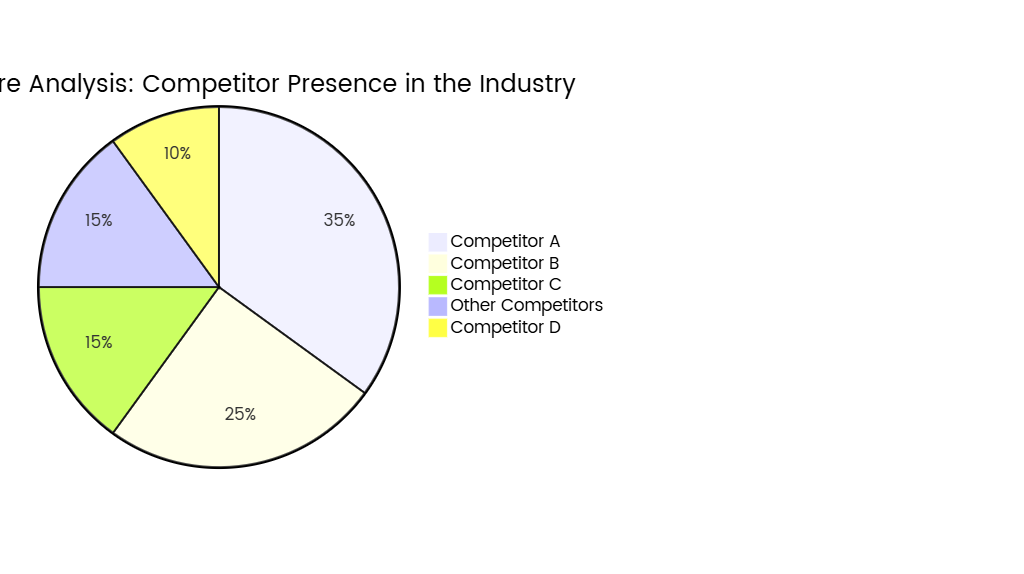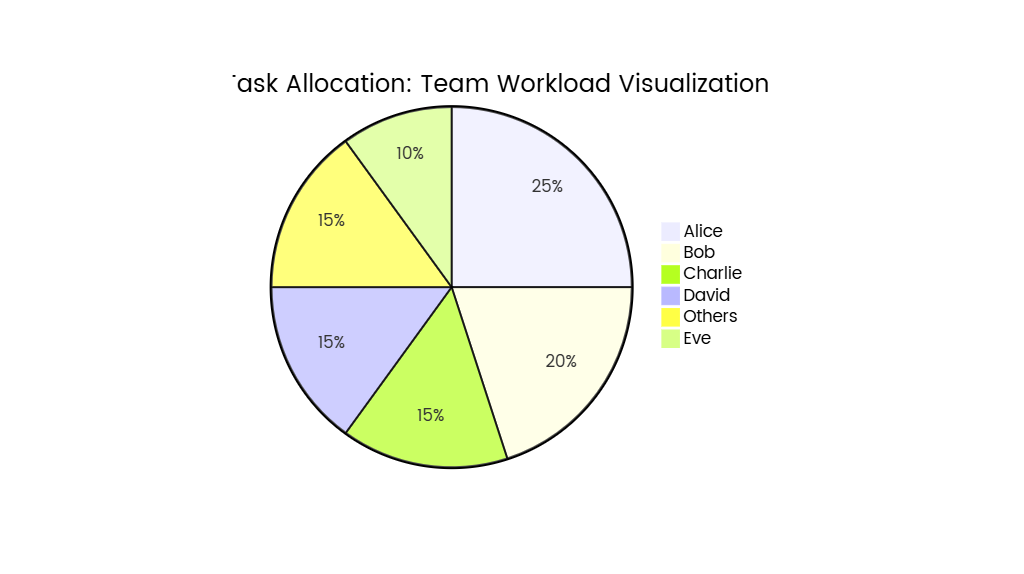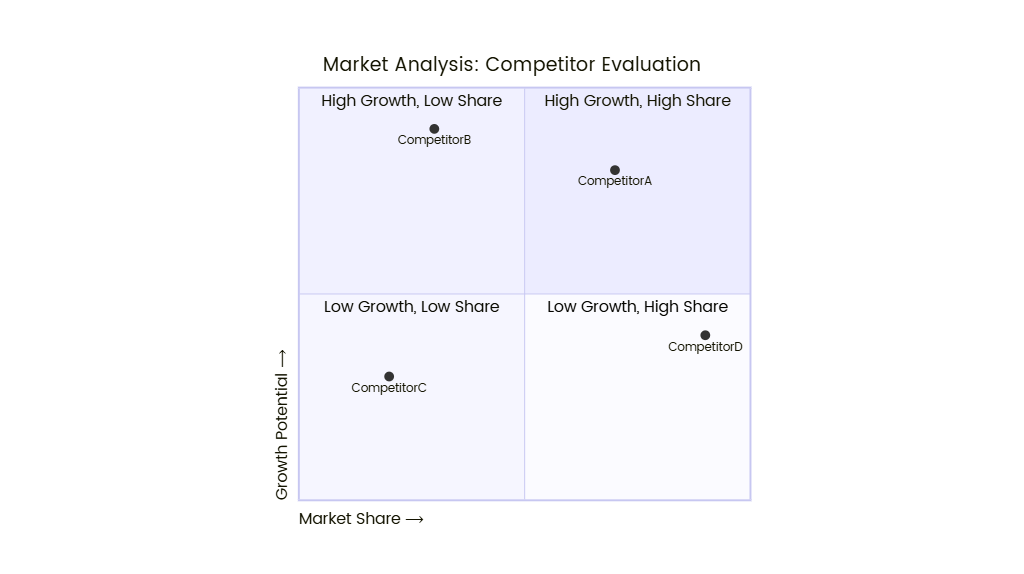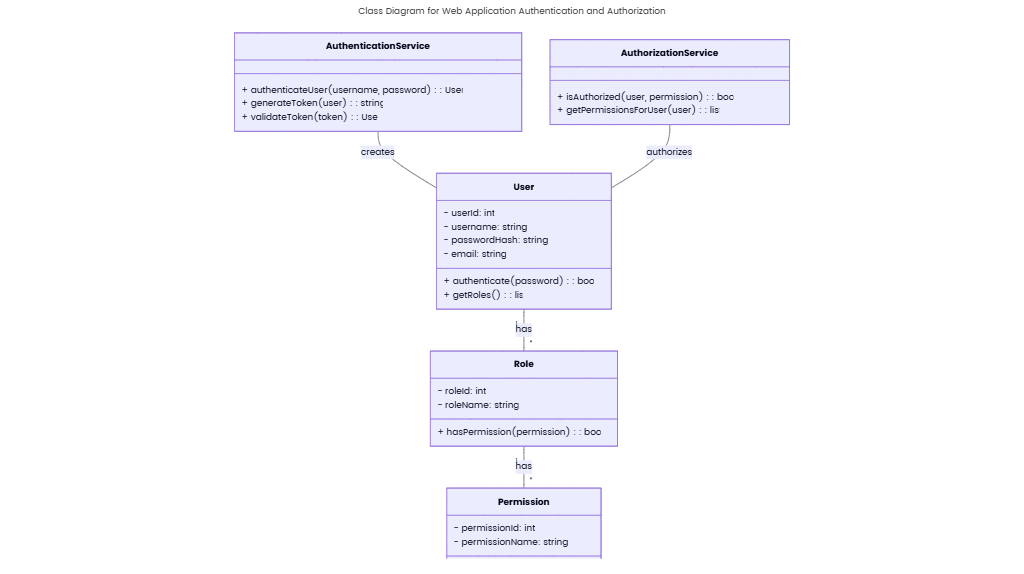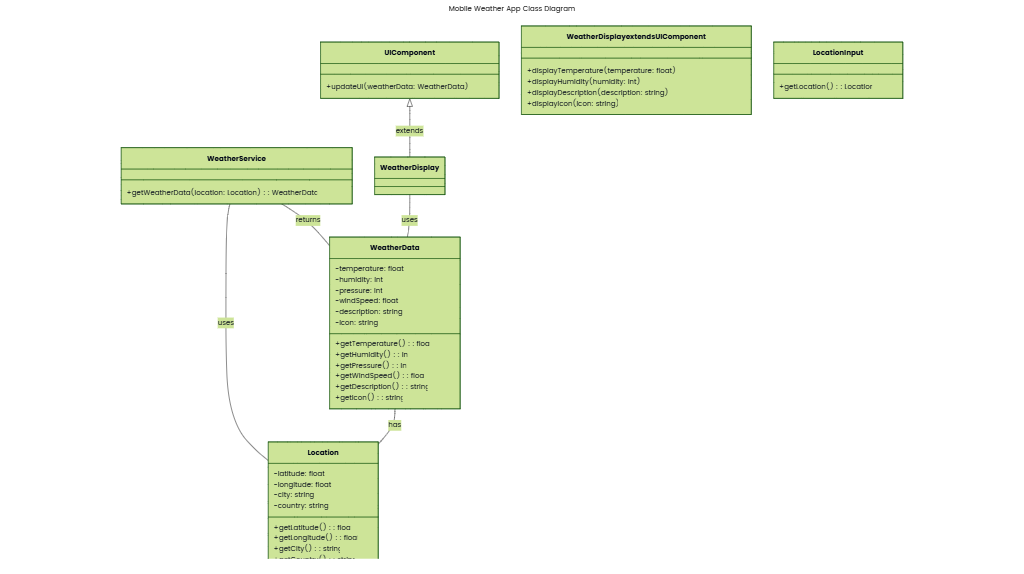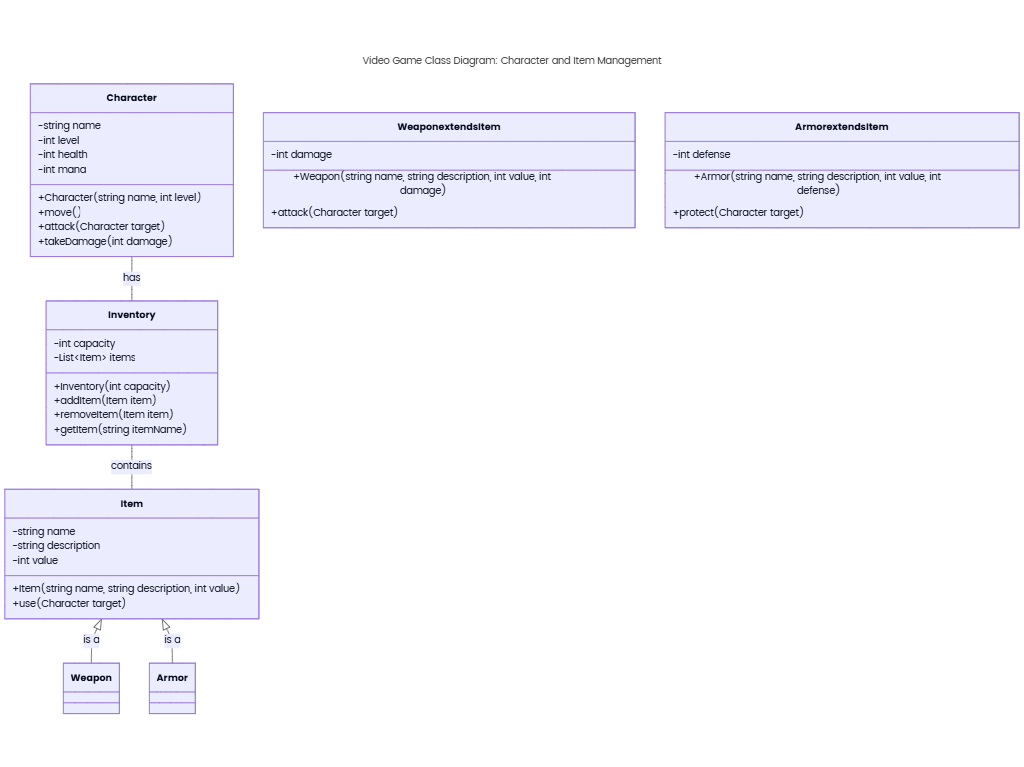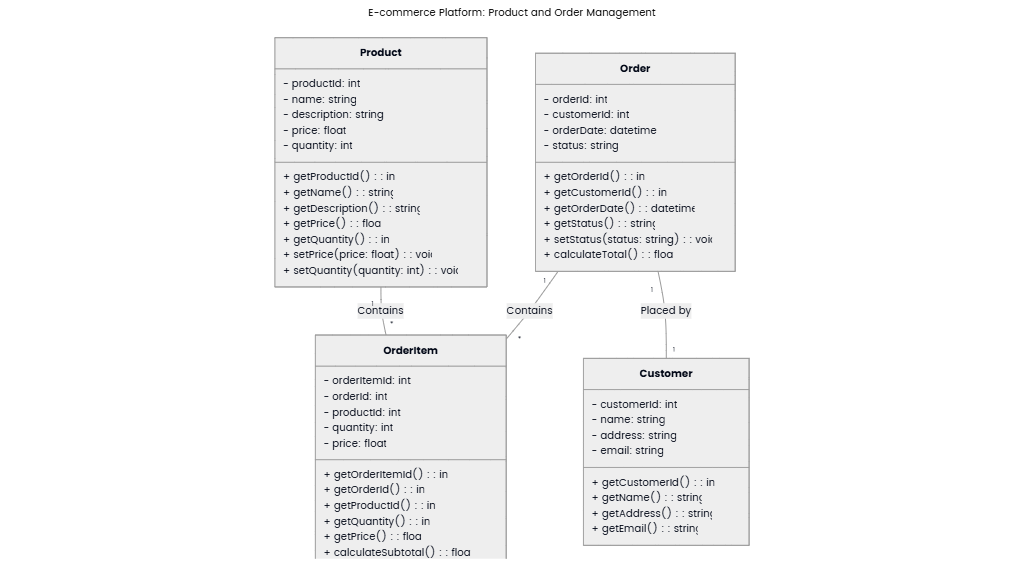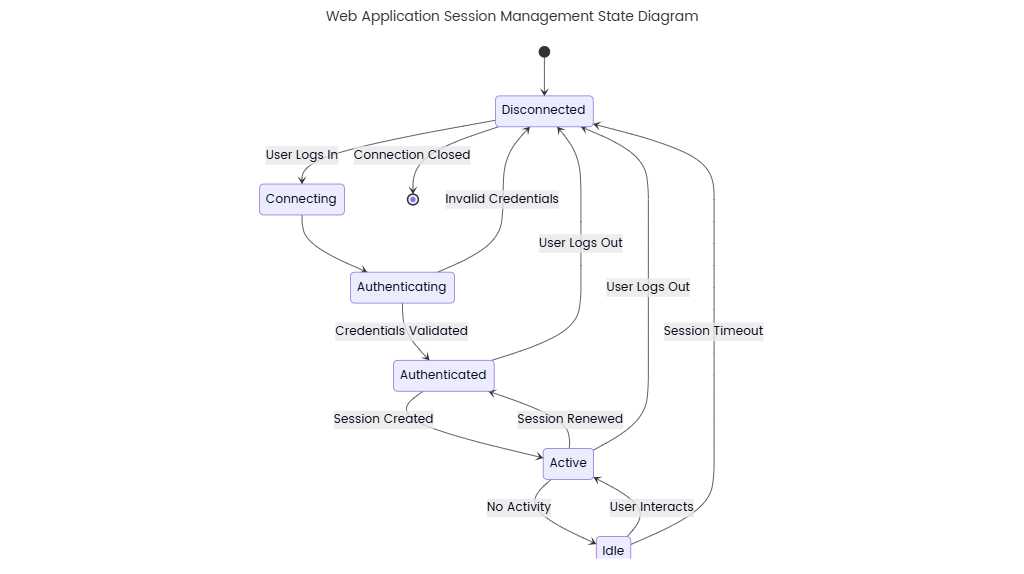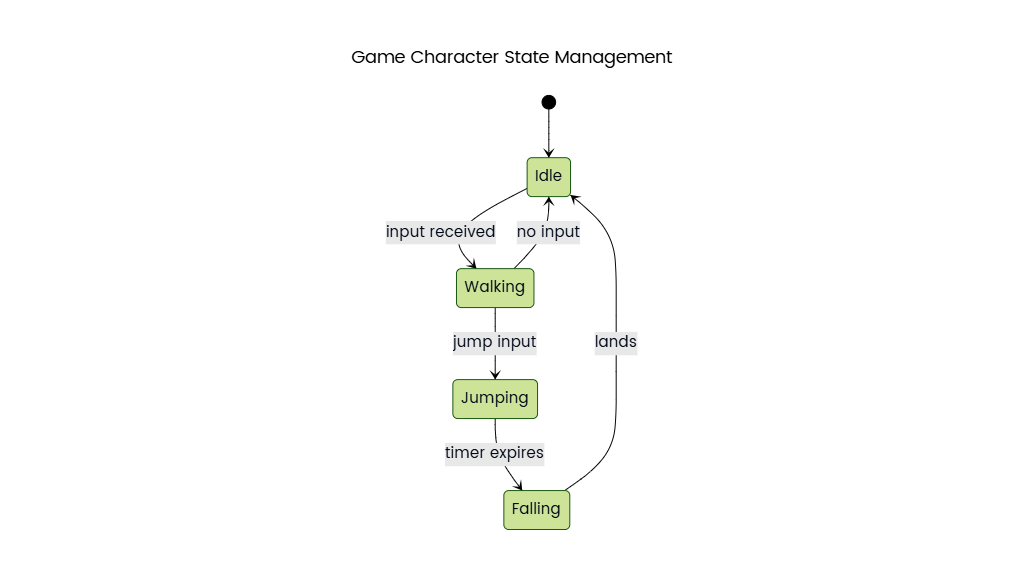Added on:
May 07, 2025
User Prompt
ER Diagram for Enterprise Resource Planning (ERP) System: Designing the Database for Financial Management
Description
An Entity-Relationship (ER) diagram for financial management in an ERP system visually models the core entities, attributes, and relationships involved in managing an organization’s financial processes. This design ensures data integrity, scalability, and seamless integration with other ERP modules (e.g., procurement, sales). Below is a detailed description of the key components and their interactions:
Core Entities & Attributes
- General Ledger (GL)
- Attributes: GL ID (PK), Ledger Name, Fiscal Year, Opening Balance, Closing Balance, Currency.
- Role: Centralizes financial transactions from all subledgers (e.g., accounts payable/receivable).
- Chart of Accounts (COA)
- Attributes: Account ID (PK), Account Name, Account Type (Asset, Liability, Equity, Revenue, Expense), GL ID (FK), Parent Account ID (for hierarchical structuring).
- Relationship: Each account belongs to a single GL, enabling multi-entity or multi-currency accounting.
- Financial Transaction (Transaction)
- Attributes: Transaction ID (PK), Transaction Date, Amount, Description, Transaction Type (Debit/Credit), Status (Pending/Posted), COA ID (FK).
- Role: Records all financial activities (e.g., invoices, payments) linked to specific accounts.
- Vendor
- Attributes: Vendor ID (PK), Vendor Name, Contact Information, Tax ID, Payment Terms, Bank Account Details.
- Relationship: Linked to Accounts Payable (AP) transactions and purchase orders in the procurement module.
- Customer
- Attributes: Customer ID (PK), Customer Name, Billing Address, Credit Limit, Payment History, Contact Details.
- Relationship: Linked to Accounts Receivable (AR) transactions and sales orders in the sales module.
- Bank Account
- Attributes: Account ID (PK), Bank Name, Account Number, Account Type (Checking/Savings), Currency, Balance, GL ID (FK).
- Relationship: Facilitates cash flow management by linking to transactions (e.g., fund transfers, reconciliations).
- Budget
- Attributes: Budget ID (PK), Budget Name, Fiscal Period, Amount Allocated, Amount Used, COA ID (FK), Department ID (FK).
- Relationship: Aligns financial transactions with budgetary constraints, supporting cost control.
Key Relationships
- GL ↔ COA: One-to-Many
- A single GL contains multiple accounts (COA entries), structured hierarchically (e.g., Parent Account → Child Account).
- Transaction ↔ COA: Many-to-One
- Each transaction is linked to a specific account (e.g., a debit to “Office Expenses” or a credit to “Accounts Payable”).
- Vendor ↔ AP Transactions: One-to-Many
- A vendor can have multiple outstanding payables, while each AP transaction is tied to one vendor.
- Customer ↔ AR Transactions: One-to-Many
- A customer can have multiple invoices or receivables, with each AR transaction linked to one customer.
- Bank Account ↔ Transaction: Many-to-Many
- Transactions (e.g., payments, receipts) can involve multiple bank accounts, and each account can be part of multiple transactions.
- Budget ↔ COA/Department: Many-to-Many
- Budgets are allocated to specific accounts or departments, allowing granular financial planning.
Integrations with Other ERP Modules
- Procurement Module:
- Vendor purchases (e.g., purchase orders) generate AP transactions, updating the GL and inventory levels.
- Sales Module:
- Customer sales (e.g., invoices) generate AR transactions, linked to inventory and shipping processes.
- Human Resources (HR) Module:
- Payroll expenses are recorded as GL transactions, linked to employee accounts in HR.
- Inventory Module:
- Stock movements (e.g., purchases, sales) trigger cost-of-goods-sold (COGS) entries in the GL.
Design Considerations
- Data Integrity:
- Enforce referential integrity (e.g., ensuring COA IDs in transactions match existing accounts).
- Use foreign keys to link entities and prevent orphaned records (e.g., a transaction without a valid vendor).
- Scalability:
- Support multi-company, multi-currency, and multi-language requirements through flexible GL and COA structures.
- Allow dynamic creation of budget periods and accounts for growing organizations.
- Reporting & Compliance:
- Include attributes for tax codes, audit trails (e.g., transaction timestamps, user IDs), and regulatory standards (e.g., GAAP, IFRS).
- Security:
- Assign role-based access controls (RBAC) to restrict sensitive financial data (e.g., only admins can modify GL balances).
Example Scenario: Accounts Payable Workflow
- Vendor Submits Invoice:
- A vendor (Entity) creates an invoice, triggering an AP transaction (Entity) linked to the vendor’s ID and a COA account (e.g., “Utilities Expense”).
- Approval & Posting:
- The transaction is approved, updating the GL (Entity) with a credit to “Accounts Payable” and a debit to the expense account.
- Payment Processing:
- A payment is made from a bank account (Entity), reducing the AP balance and updating the bank’s transaction history.
Visual Representation
- Entities: Represented as rectangles (e.g.,
Vendor,GL). - Attributes: Listed inside rectangles (e.g.,
Vendor ID,Account Name). - Relationships: Depicted as diamonds with labels (e.g., “1-to-Many” between
GLandCOA). - Primary Keys (PK): Marked with underlines (e.g.,
Transaction ID). - Foreign Keys (FK): Indicated by references to other entities’ PKs (e.g.,
GL IDinCOA).
This ER diagram serves as a foundational blueprint for developing a robust financial management system within an ERP, ensuring alignment with business processes and supporting data-driven decision-making.
